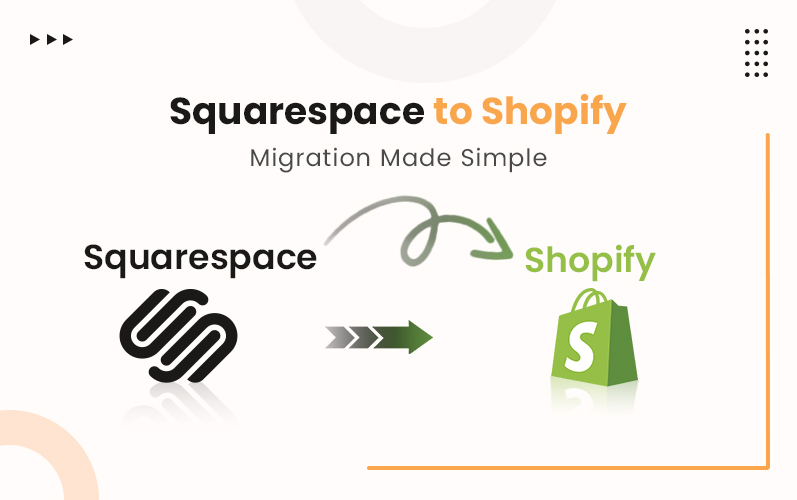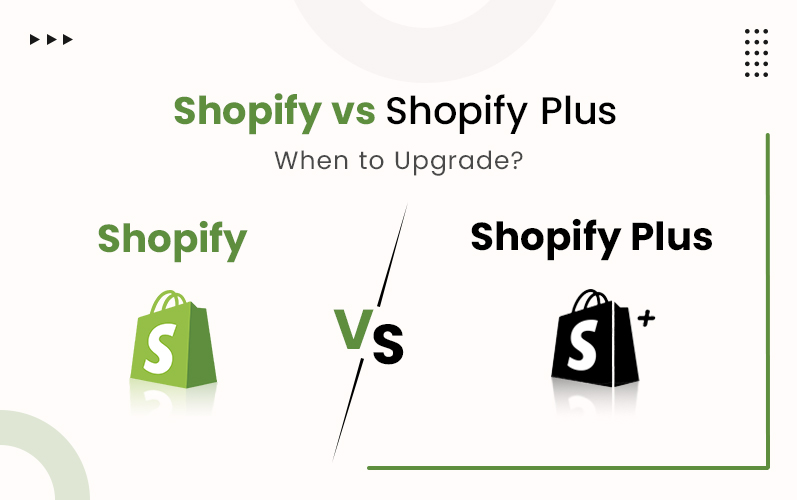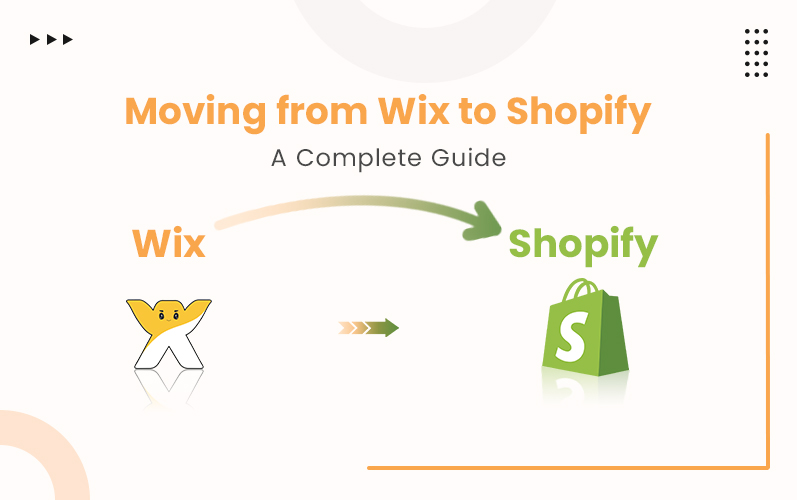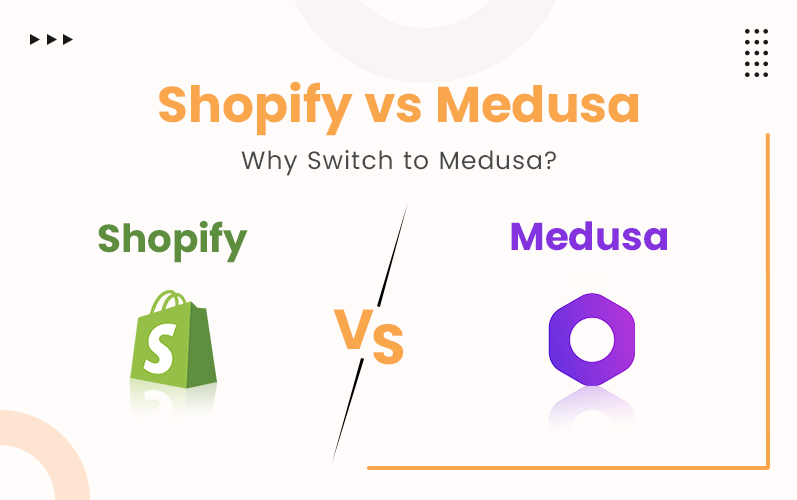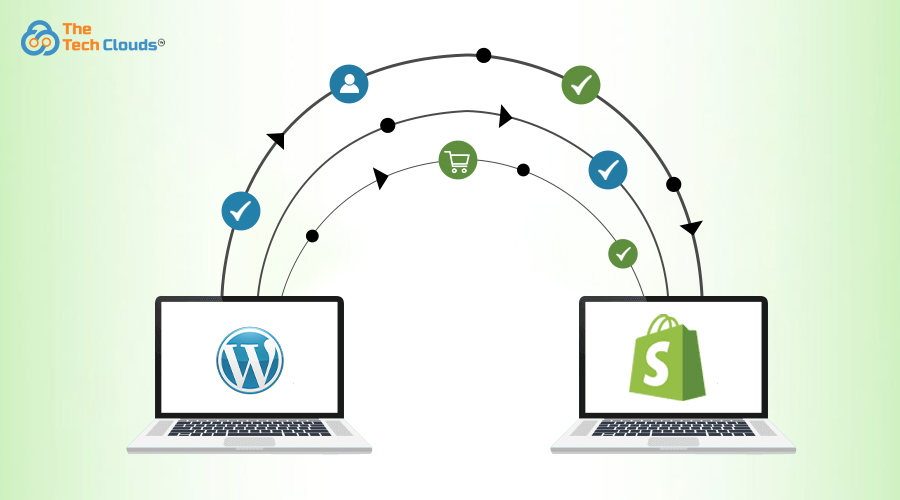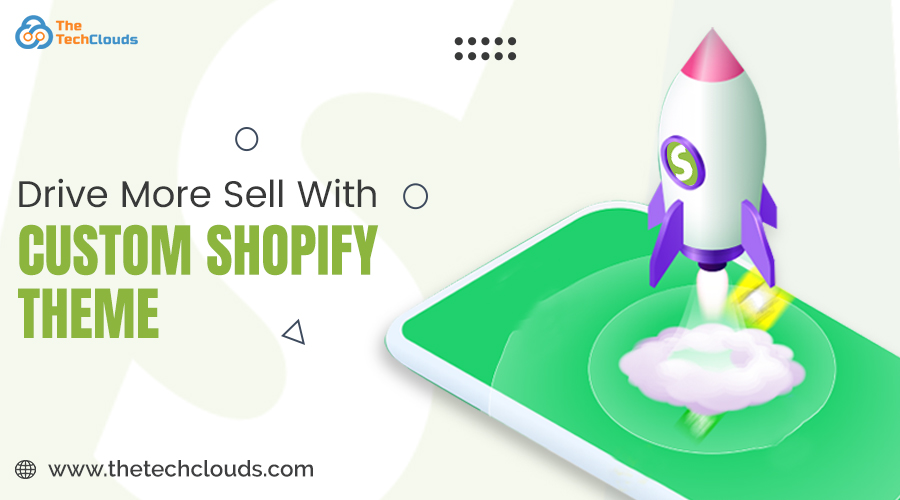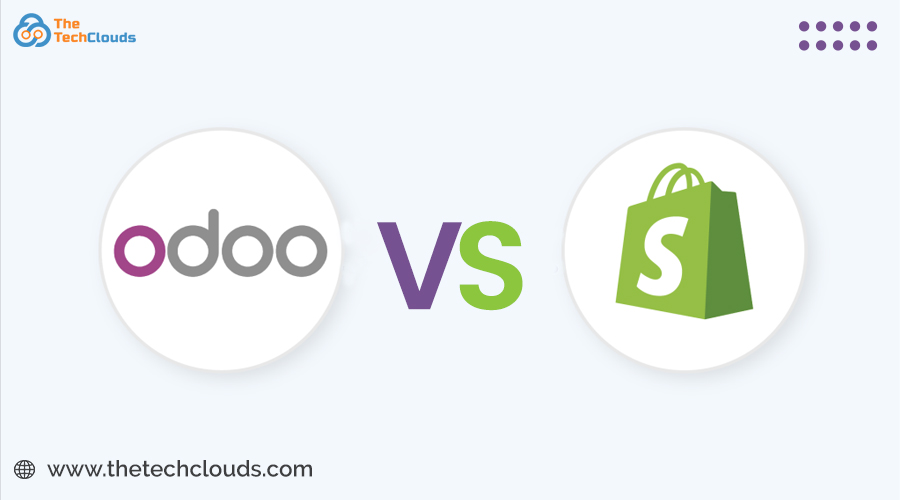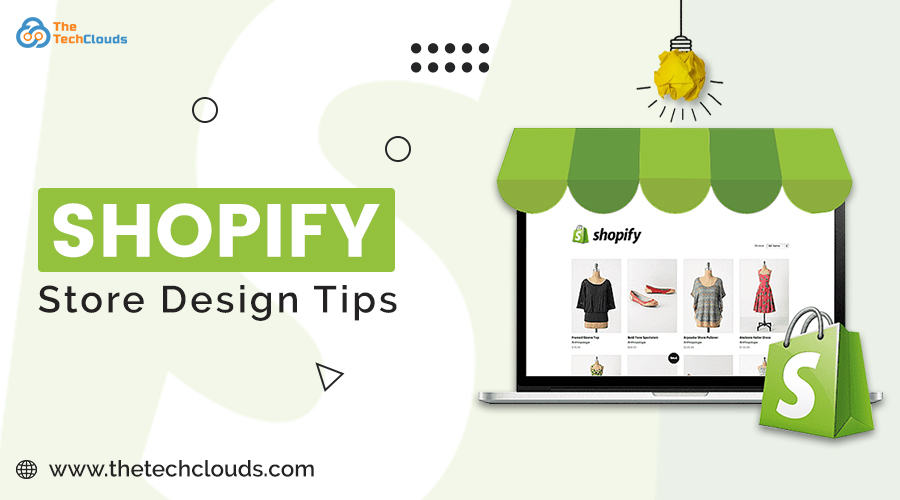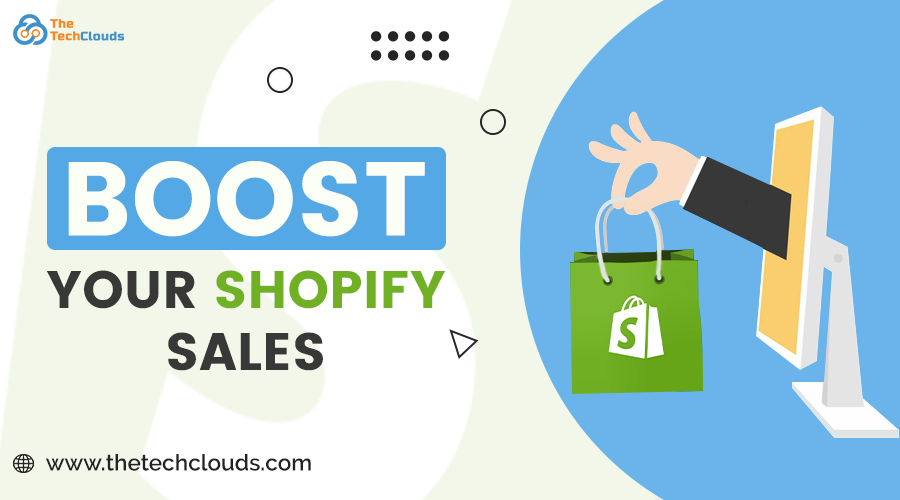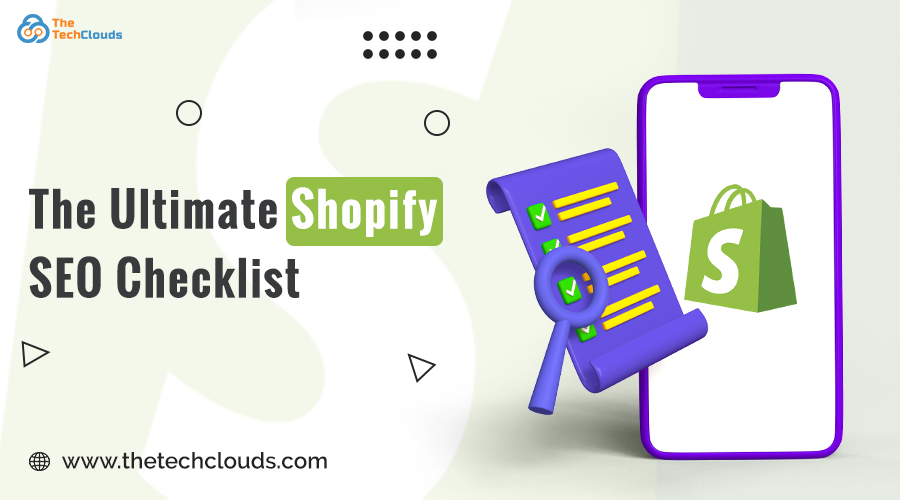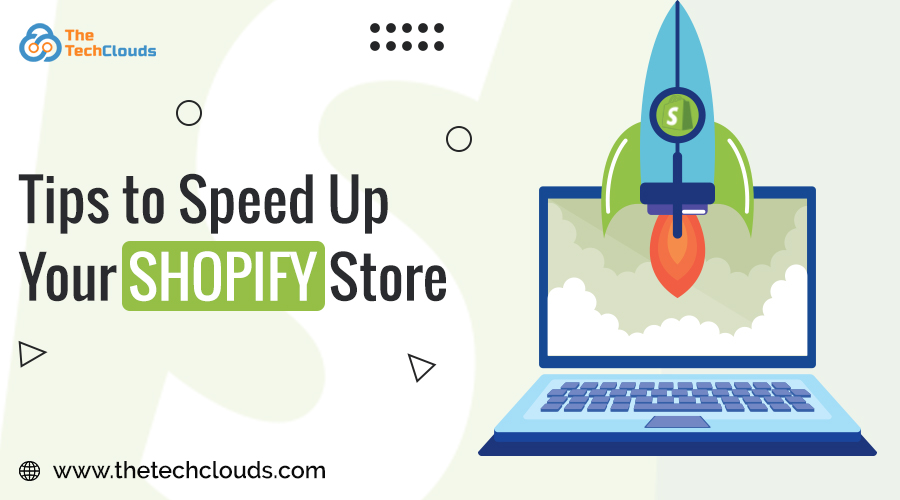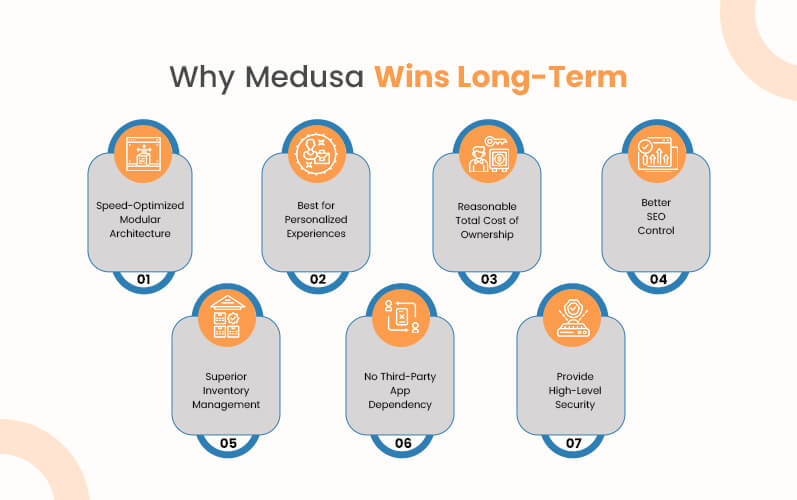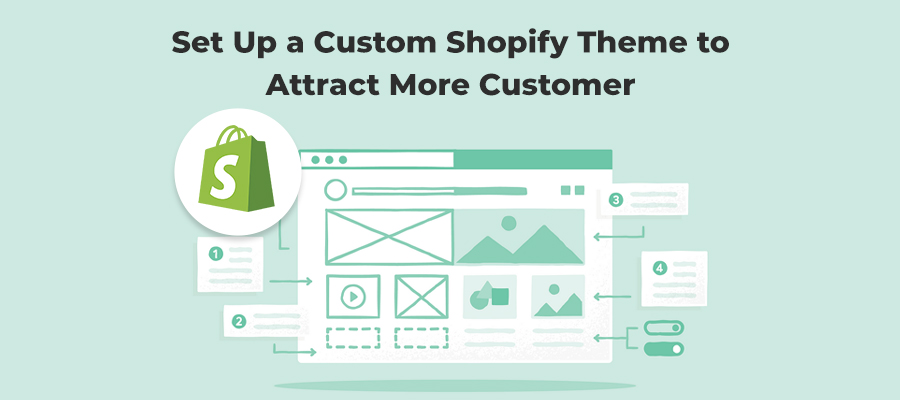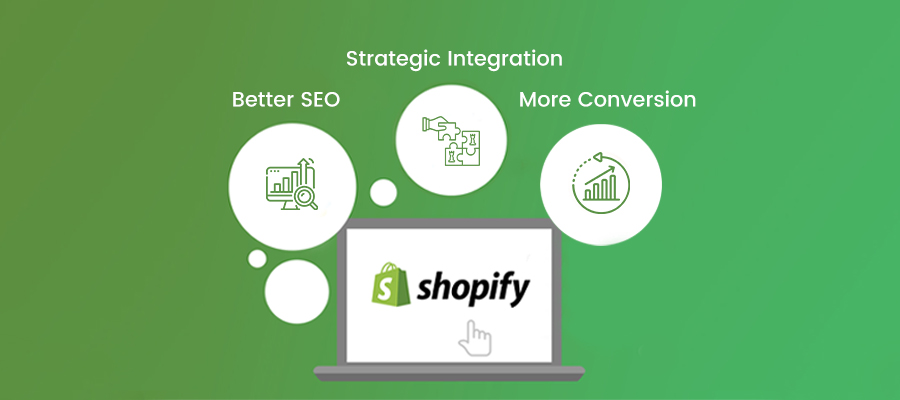The growth of eCommerce solutions is on a surge. In this stage, businesses try to choose a solution that can take their store to the next level. Square and Shopify are both leading choices to set up your online store. But you may encounter various hindrances if you choose Squarespace. If you're currently using it, you're already accustomed to its barriers. Thus, it is clear to you why migrating from Squarespace to Shopify is necessary.
Recent research shows nearly 4.79 million live stores embrace the power of Shopify. With a custom Shopify theme, they can drive their sales more easily and effectively.
In this guide, we will walk you through every step of this migration process that helps you achieve a seamless transition.
Why Migrate from Squarespace to Shopify?
From an e-commerce perspective, migrating to Shopify offers significant advantages. Below are some key benefits your business can experience after making the switch:
1. Enhanced E-Commerce Capabilities: No doubt, Squarespace has a wide range of capabilities. But with Shopify, you can expand your stores' functionalities to the next level. When you migrate from Squarespace to Shopify, you gain advanced inventory control. Shopify provides in-depth analytics that help in automated cart recovery. With its smoother navigation ability, you can boost conversion rates significantly. Shopify provides multichannel integration (social media, Amazon, etc.), which elevates customer satisfaction.
2. Expanded Payment Gateway Flexibility: Squarespace confined users to limited payment gateway options. It is even restricted to international businesses. Shopify supports over 100 secure payment gateways worldwide, ensuring effortless transactions for customers. Leveraging Shopify, businesses can improve checkout convenience and reduce cart abandonment. It helps merchants connect with diverse customers while increasing sales opportunities.
3. In-Depth Analytics and Reporting Tools: Shopify has strong reporting capabilities, which help businesses to store some important information. This includes customer behavior, product performance, and marketing outcomes. These detailed reports empower better decision-making, helping you refine strategies. It helps identify trends and scale your business growth with data-driven accuracy.
4. Powerful SEO and Marketing Ecosystem: Shopify has built-in SEO features. With its marketing automation and integration power, it boosts strong visibility. When you migrate Squarespace to Shopify, you unlock superior tools. These tools help you to run campaigns on several social media platforms. This enhances your online brand presence and fosters trust among customers.
5. Effortless Scalability and App Integration: Shopify comes with innumerable apps. These apps help to handle the complexity of the store. When your store expands, these integrations help in streamlining operations and tailoring your online store. So that it can meet evolving customer demands and industry trends.
Here’s your comparison content formatted in clean, responsive HTML table code: “`html
| Features | Squarespace | Shopify |
|---|---|---|
| Primary Focus | Primarily a website and portfolio builder for creatives. | Built exclusively for eCommerce — designed to sell, manage, and scale online stores. |
| Ease of Use | Easy for simple websites but limited for complex stores. | Intuitive dashboard with streamlined store setup and management tools. |
| E-Commerce Capabilities | Basic product listings, limited variants, and checkout options. | Advanced inventory, order, and fulfillment management with robust customization. |
| Payment Gateways | Limited payment gateway support. | Supports 100+ payment gateways, including Shopify Payments and international methods. |
| SEO & Marketing Tools | Basic SEO options and limited integrations. | Comprehensive SEO, marketing automation, and email campaign tools for higher conversions. |
| App Integrations | Smaller app marketplace with fewer eCommerce extensions. | 8,000+ apps to extend functionality and integrate third-party tools seamlessly. |
| Analytics & Reporting | Standard analytics suitable for small sites. | Advanced reporting, real-time sales tracking, and detailed customer insights. |
| Scalability | Suitable for small to medium businesses. | Built to grow with your brand — scalable for startups to enterprise-level stores. |
| Customer Support | Email support and limited live chat. | 24/7 live chat, email, and phone support with dedicated eCommerce specialists. |
| Migration Flexibility | Limited tools for exporting store data. | Easy data transfer options — smooth migration from Squarespace to Shopify with minimal downtime. |
Step-By-Step Process for Squarespace to Shopify Migration
We cover 9 different stages that help you to understand how Squarespace to Shopify migration happens:
Step 1: Build Your Shopify Foundation
Start by creating your Shopify account and setting up your online store. This first step lays the groundwork to migrate from Squarespace to Shopify. This allows you to customize store settings and branding. It also sets preferences before moving your products and content efficiently.
Shopify.com → Register your Shopify account. → Create your store's name. → Choose a subscription plan.
Step 2: Choose and Apply a Theme
Selecting the right Shopify theme defines your brand’s visual appeal. After setup, browse and install a theme that aligns with your business identity. With better themes and Shopify store design tips, you can ensure consistency and better presentation. While migrating from Squarespace to Shopify, you need to follow these steps:
Shopify the admin page. → Go to the option “Online Store.” → Then “Themes.” → Select “Explore Themes.” → Browse the Theme Store.
Step 3: Export Your Squarespace Store Data
Before transferring, extract all the information from your Squarespace store. The information on products, orders, customers, and content files should be in CSV or XML format. This ensures a smooth and organized process when integrating data into your new platform. Through professional Shopify development services, you can gain seamless migration.
- Follow these steps to export "Products":
Open your Squarespace account. → Click on Admin Home Menu. → Open the selling option. → Choose the next option, "Products." → Click on the "Export All" option in the top right corner.
- Follow these below steps to export "Orders":
Open your Squarespace account. → Click on Admin Home Menu. → Open the selling option. → Choose the next option, "Orders." → Click on the "Export All" option or "Download CSV" in the top right corner.
- Follow these steps to export "Customers":
Select Admin Home Menu → Contacts → “…” in the top right corner → EXPORT ALL CONTACTS.
- Follow these steps to export "Content":
Select Admin Home Menu → Settings → Advanced → Choose Import/Export option. → Select the option "Export." → Then the WordPress icon. → Once you're done with your EXPORT, click on the visible option "Download." Click this download option to save the XML file.
Step 4: Import Data into Your Shopify Store
Once exports are ready, import them into Shopify manually. You can also use migration apps to simplify the transfer. Integrate Shopify web development services from any experienced company to improve the store's performance. This also helps in customizing and optimizing your new store. You can also download the CSV file that contains all the shipping, billing, and other details of the customers.
Step 5: Review and Adjust Imported Data
After import, verify your products, customers, and orders to ensure accuracy. Check for missing variants or unpublished items and correct them immediately. This quality check guarantees reliable data continuity after you migrate from your Squarespace store to Shopify. If you feel you’re not enough to tackle this overwhelming task, hire any dedicated Shopify developers from a renowned company. This helps you to implement the smooth Shopify transition.
Step 6: Configure Shipping Details
Set up shipping rates and regions within your Shopify dashboard. Adding precise addresses and delivery options ensures accurate cost calculations. This is an essential part of the Squarespace to Shopify migration process. This ensures smooth operations after completing your transition process.
Step 7: Set Up Tax Preferences
Shopify automatically calculates taxes based on location. However, customize exemptions and overrides for specific products. This adjustment ensures compliance and prevents overcharges during checkout. This also supports better functionality after you migrate Squarespace to Shopify. Collaborate with an experienced team and learn how to build a Shopify app that sets up taxes more effectively.
Step 8: Test Your Shopify Store Orders
Run test orders to confirm that payments, checkout, and notifications work correctly. Conduct tests using Bogus Gateway. This helps simulate transactions and ensures your Shopify store operates perfectly after migration.
Step 9: Transfer and Connect Your Domain
The final step is transferring your website domain from Squarespace to Shopify. Unlock your domain, use the authorization code, and complete the transfer. You need to adopt an advanced Shopify development services framework. This will help you to transfer your domain without losing your website visitors.
Conclusion
After seeing all these steps, you may feel that migrating from Squarespace to Shopify is a daunting task. But with the right guidance and approach, you will only get the advantage of it. The robust framework of Shopify augments the reputation of your digital store with its superior eCommerce features. This comprehensive guide will help you to launch a new Shopify store and ensure long-term success for your store.
Partnering with The Tech Clouds (TTC) offers exceptional value to this transition. We help you handle common challenges while setting up a new online store. With our expert Shopify development services, you can open a fully potent and highly customized Shopify store that can elevate your eCommerce journey.
For more information, you can contact our 24/7 support team.


